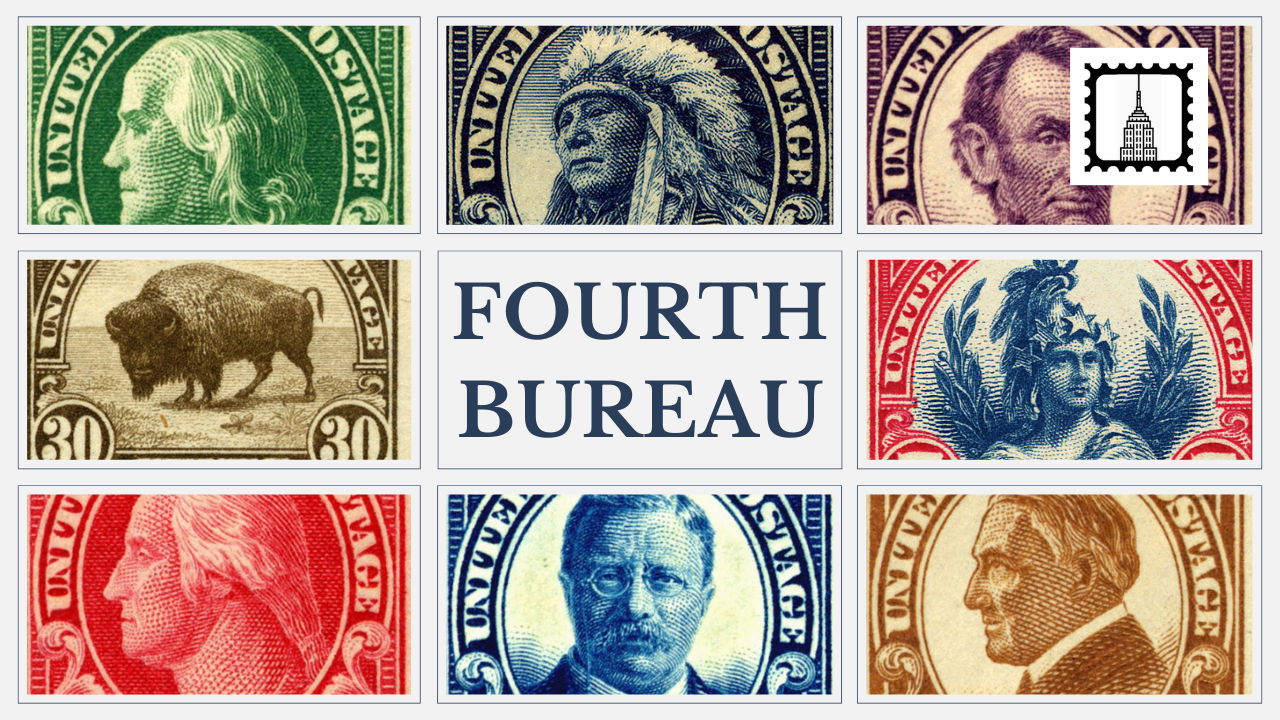In 1939, Greece issued a remarkable set of stamps to commemorate the 75th anniversary of the Ionian Islands’ unification with Greece. These stamps not only celebrate the islands’ incorporation into Greece but also pay homage to the history, culture, and unique identity of the Ionian Islands themselves. In this postscript to his previous presentation, Allan Smith explores this 1939 stamp set, revealing hidden details, historic symbols, and design nuances often overlooked by collectors.
A Look Back: The Ionian Islands’ Historic Union with Greece
The Ionian Islands, located off Greece’s western coast, have a complex history. For centuries, they were under Venetian rule, which influenced the region’s cultural landscape and even the names of its islands. Following the Napoleonic Wars, Britain took control of the islands, retaining them until 1864, when they were ceded to Greece as a gesture of goodwill in celebration of King George I’s accession to the Greek throne. The British transfer of the islands to Greece symbolized a significant moment in Hellenic history, marking the Ionian Islands’ place within the Greek nation.
The 1939 Commemorative Stamp Set: A Tribute to Heritage and Unity
The 1939 commemorative stamp set, cataloged as Scott #416-420, was issued to honor the union of these islands with Greece. At first glance, the stamps appear understated, but upon closer examination, they reveal a wealth of symbolic details. Each of the five stamps incorporates historical references and mythological elements that reflect the cultural heritage of the Ionian Islands. One notable feature is the set’s use of seven circles, each symbolizing one of the seven main Ionian Islands—Corfu, Zakynthos, Ithaca, Paxos, Lefkada, Kefalonia, and Kythira.
Hidden Symbols: Poseidon, Odysseus, and Greek Mythology
Among the fascinating details on these stamps is the image of a trident, an emblem often associated with Poseidon, the Greek god of the sea. Poseidon’s trident, seen on two of the stamps, is an appropriate symbol given the islands’ maritime culture and their location in the Ionian Sea. Additionally, an illustration that likely represents either Odysseus or Homer appears alongside Ithaca, evoking the legendary hero’s connection to his homeland. Ithaca is celebrated as the island from Homer’s Odyssey, where Odysseus’s epic journey finally ends.
Allan also noted the intricacies of the Greek language in these stamps. For instance, the spelling of “Greece” on the stamps uses a less common form of the letter sigma (Σ) in its final position, a form typically seen in specific styles of Greek calligraphy and handwritten text. This unique stylistic choice adds a touch of traditional Greek elegance to the stamp series, appealing to philatelists with an eye for linguistic details.
The Visual Story of Corfu and the Venetian Influence
Corfu, one of the larger and historically significant islands in the Ionian Sea, holds a prominent place in the 1939 commemorative set. The island’s name “Corfu” actually originates from the Venetian word “Corypho,” which means “peaks” or “hills,” referencing the island’s hilly terrain. The Venetians fortified these peaks with castles that became Corfu’s defining landmarks. Allan observes how the distinct hills of Corfu are illustrated in the stamp design, subtly capturing the natural landscape and cultural impact of Venetian rule.
King George I: The Catalyst for Unity
The stamps also include an image of King George I, who played a pivotal role in Greece’s modern history. His accession to the Greek throne marked the occasion upon which Britain formally handed the Ionian Islands over to Greece. King George I, related by lineage to the British monarchy, was selected as the King of Greece as part of a broader European strategy to strengthen Greece’s monarchy. As a gesture of goodwill and unity, Britain gifted the islands to Greece, an act symbolized in the stamp set by King George’s image.
This commemorative issue thus serves as a visual reminder of the Ionian Islands’ political transformation and the enduring bond between the islands and the Greek mainland.
Conclusion: Celebrating the Ionian Islands in Greek Philately
The 1939 Ionian Islands stamp set stands as more than just a philatelic tribute; it is a commemoration of Greece’s rich history and the islands’ journey into modern Greece. With their intricate design, historical symbolism, and cultural references, these stamps encapsulate the Ionian Islands’ unique place within Greek heritage. Allan’s postscript presentation sheds light on the overlooked details in this stamp set, encouraging collectors to appreciate the historical context and artistic nuances of these commemorative issues.
For those passionate about Greek philately, this set offers a wealth of historical insights, inviting collectors to uncover the stories behind each stamp. The 1939 issue is not only a celebration of the Ionian Islands’ unification but also a testament to the depth and richness of Greek philatelic history.






